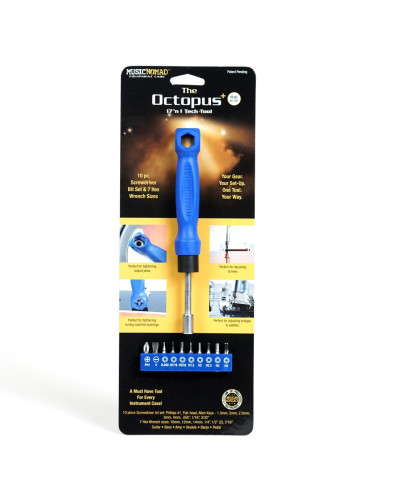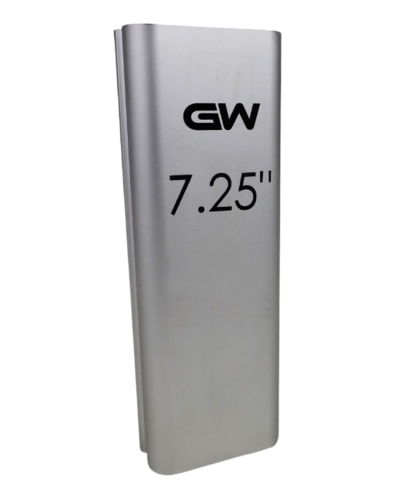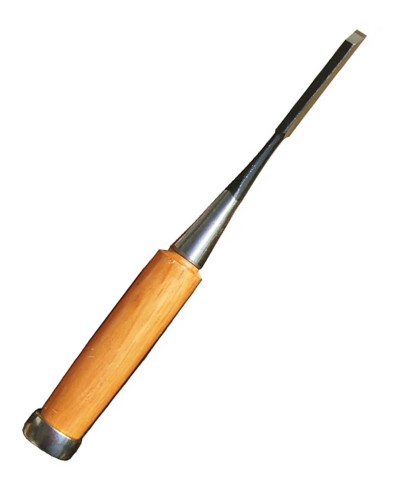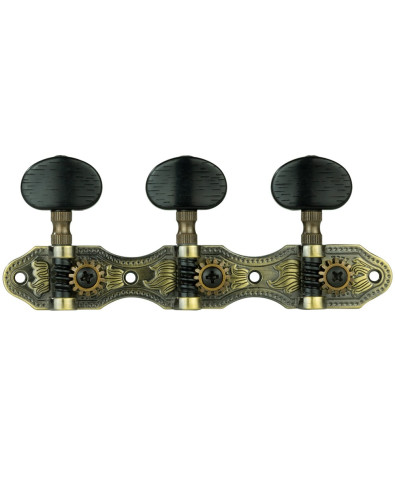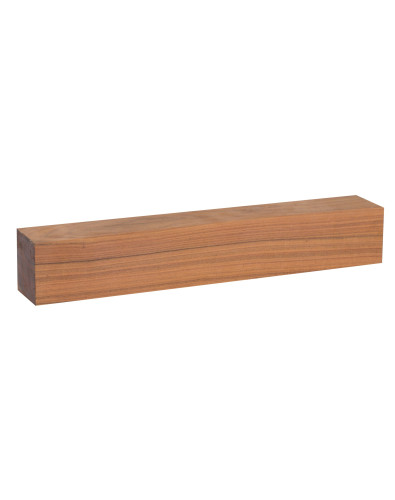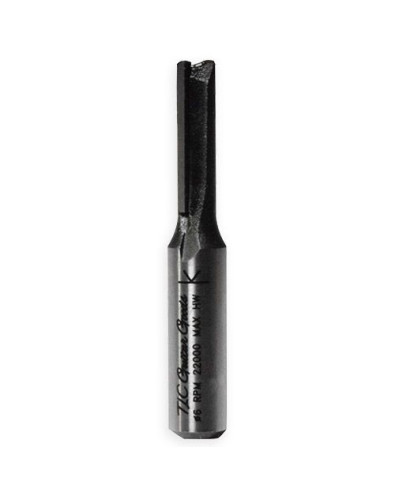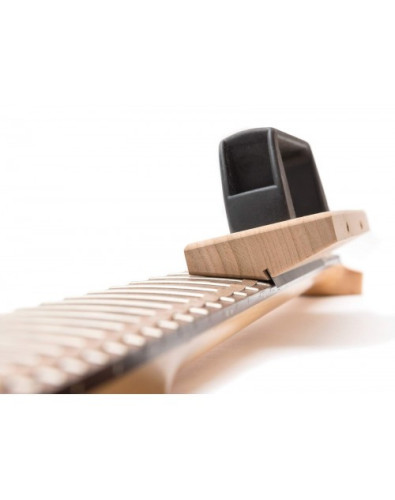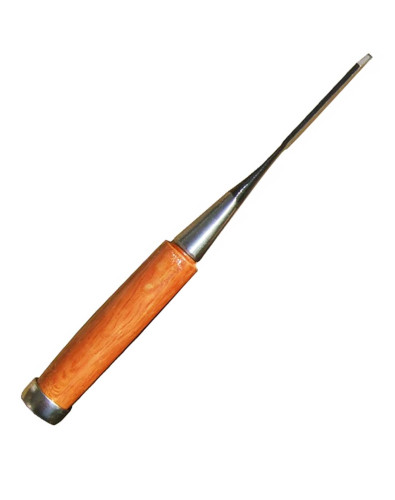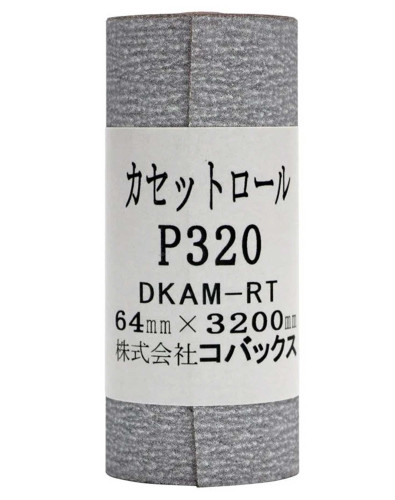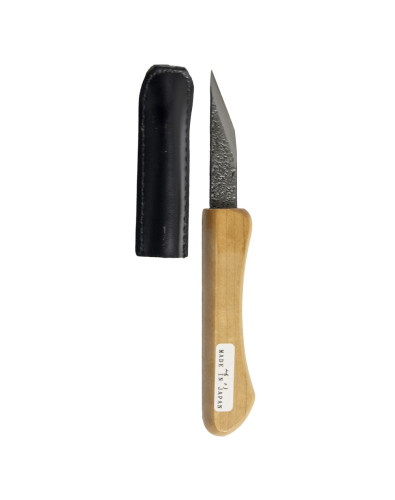-
MenuBack
- FSC® WOODS
-
PRODUCTS
ON SALE
-
-
Woods
-
-
REBAJADOS
-
FENDER®
-
-
Other String Instruments
-
-
-
Bow Instruments
-
-
-
Wind Instruments
-
Pieces other sizes
-
Lathe
-
Walking Sticks
-
Raw Material
-
-
-
Kits and Percussion
-
Wind Instruments, Lathe and Raw Material
-
-
-
Mb Exclusive
-
-
Assorted Pieces
-
-
-
Finishes
-
-
Accessories
-
-
ACCESSORIES
-
Cuerdas
-
Cuerdas
-
Last Units Accessories
-
More Accessories
-
-
-
TOOLS
-
-
Herramientas para Luthier
-
-
-
About us
-
Description of the Fingerboard Radius Gauge Hosco H-RG2
Made of stainless steel. Allows measurement of six different radii: 7-1/4″(184mm), 9-1/2″(241mm), 10″(254mm), 12″(305mm), 14″(356mm), 16″(406mm). It also has a handy fret height gauge, and a scale for string action measurement.
Use of the Radius Gauge
Depending on the type of instrument and manufacturer, the fretboards of guitars and basses, both electric and acoustic, can have different fingerboard radii. This term refers to the radius of the imaginary circumference of which the curvature of the fingerboard would be a part of.
Fender, for example, typically uses 7-1/4" radii on vintage guitars and reissues, while more modern guitars have flatter 9-1/2" fingerboards. Gibson has remained faithful to 12" fingerboards throughout its history. Other brands, such as Martin, prefer 16" fingerboards, PRS 10", etc. We can even find compound radius fingerboards that start with a 9-1/2" radius at the lower end of the fingerboard and flatten out as you get closer to the upper notes. Each brand has its own preferences, and it is a very important characteristic when it comes to defining the instrument playability, although each musician has his or her own preferences too...
So when will we need a radius gauge? The radius gauge will be essential in tasks such as radius grinding in re-fretting tasks, for example. Or to set up the saddles of the guitar and get the strings to match the fingerboard radius of the instrument, because depending on the type of radius we can get closer to the frets and leave the strings at an action that is comfortable and also allows the correct intonation and tuning of the instrument. Or simply to detect the radius of an instrument whose specifications we don't know!
Features:
- Material: Stainless steel
- Length: 210mm
- Width: 25mm
- 6 different radii: 7-1/4″(184mm), 9-1/2″(241mm), 10″(254mm), 12″(305mm), 14″(356mm), 16″(406mm)
Reviews
No customer reviews for the moment. Log in for write a review.
You might also like







